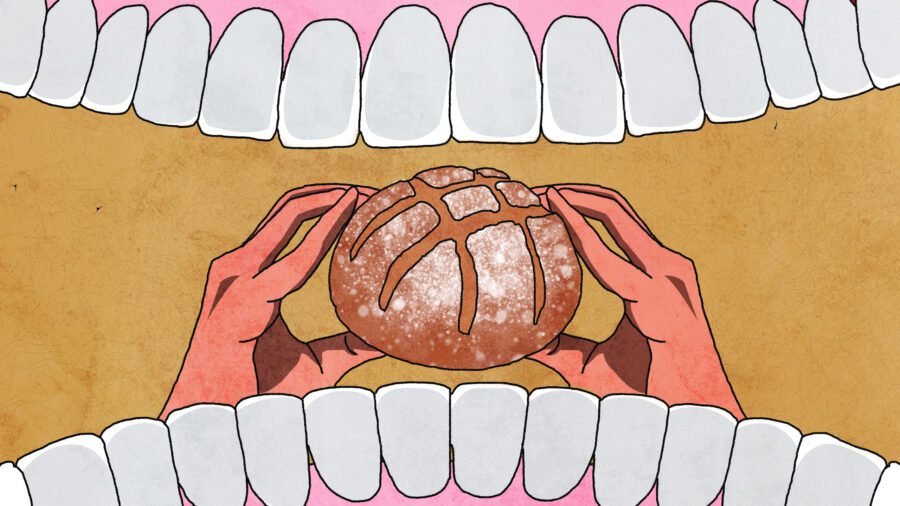
Take Time to Reset: What Tennis Star Naomi Osaka Has Taught Us About Mental Health and Self-Care
“It’s ok not to be ok.”- Naomi Osaka
When was the first time you thought: This is too much for me to handle?
Maybe it was when you broke up with your partner in the first serious relationship you had or when you first had to cope with the loss of a loved one. Perhaps it was the first time you fell behind on something at work, and you started feeling the stress from above.
For professional tennis star Naomi Osaka, May 31, 2021 was not the first time she might have thought that, but it was the day she took a step back so that she could try and handle things.
On that day, Naomi withdrew herself from competition at the French Open, one of the year’s four Grand Slam tennis tournaments. She had begun the season as the third-ranked player on the Women’s Tennis Association (WTA) tour and had already won her fourth career major just months before at the Australian Open. At 23 years old, she had already spent seven years as a part of the WTA tour, and her professional tennis career was rising rapidly.
So why did Naomi Osaka walk away?
Simply put, she knew that she had to — for the sake of her mental health.
At the Top of Your Game
Sports are a massive part of our culture, with kids playing in youth leagues starting around age 8. As they grow and advance through their time playing sports, many of these kids begin dreaming of playing professionally. If they’re serious enough, some start working towards that possibility, playing on their high school teams.
As these kids progress through skill levels, from high school to college, the competition gets tougher, and the talent level gets higher. With this progression comes greater levels of pressure as well.
Sports encourage not just high performance but also reward an athlete projecting strength and leadership qualities. Sporting events are contests with winners and losers, and the winners are celebrated for their toughness, while the runners-up can be viewed as vulnerable. Those that come up short are told to get over it or move past it.
The pressure to excel and win is immense at the highest levels of competition.
In the world of professional tennis, where matches are one-on-one, the athlete is on an island. There are no teammates to share in defeat and help shoulder that pressure. The stress these athletes bear is theirs alone. And in Naomi Osaka’s case, she felt that stress from a very early age.
Naomi Osaka joined the professional tennis tour at the age of 16. At an age when most of us were worried about asking someone out on a date, finding our first job, or trying to get our driver’s license, she was playing an individual sport at the highest level. While we were trying to navigate the awkwardness of adolescence, Naomi was competing for prize purses in the millions under the watchful eye of thousands in stadiums around her and exponentially more watching on TV.
And whether she won or lost, she then had to field questions from the assembled media after every match…
Naomi Osaka: The Journey Upward
What do you want to be when you grow up?
Every child gets asked this question at least once, whether it’s by a teacher or a parent. For Naomi Osaka, she started on the path to tennis stardom at just three years old. Her family moved to New York from Japan around this time, and Naomi’s father, inspired by the success of Venus and Serena Williams, started both Naomi and her older sister Mari on tennis lessons.
Because Mari was over a year older, Naomi found herself training and competing with children who were more developed than her.
Around the time she turned nine years old, Naomi’s family moved again, this time to Florida, renowned for being a hotbed of tennis training facilities. To maximize her training, Naomi spent her days playing tennis on the courts while getting homeschooled in the evenings.
This focus and dedication enabled Naomi to begin playing on the second highest level International Tennis Federation (ITF) tour by the time she was 14 in 2011. By 2013, she had begun participating in WTA events in an effort to qualify for the tour full-time, which she accomplished in 2016, being named the tour’s Newcomer of the Year.
In 2018, just shy of her 21st birthday, Naomi came out on top at that year’s U.S. Open tournament, winning her first career Grand Slam major title, establishing her as a top player. With the victory, the media covering professional tennis took notice.
The Pressure of Life at the Top of Tennis
To begin 2019, Naomi won the Australian Open, her second career Grand Slam title. Furthermore, the victory made her the champion of two Grand Slam tournaments in a row, propelling her to the world’s #1 player ranking!
This accomplishment made her the first ever Asian player to be ranked #1.
Naomi then won her second U.S. Open title in 2020 and followed up with another Australian Open win to begin 2021. With four Grand Slam titles to her credit in under four years’ time, Naomi was heading into the second major of the year, the French Open, as the tournament’s second-seeded player and holding the #3 rank in the world.
Just before the start of the tournament, Naomi stirred controversy by announcing that she would not take part in media conferences that were mandatory for players. Following her first-round victory, Naomi skipped her press event, prompting the WTA to fine her and threaten more significant penalties, including disqualification, for further absences.
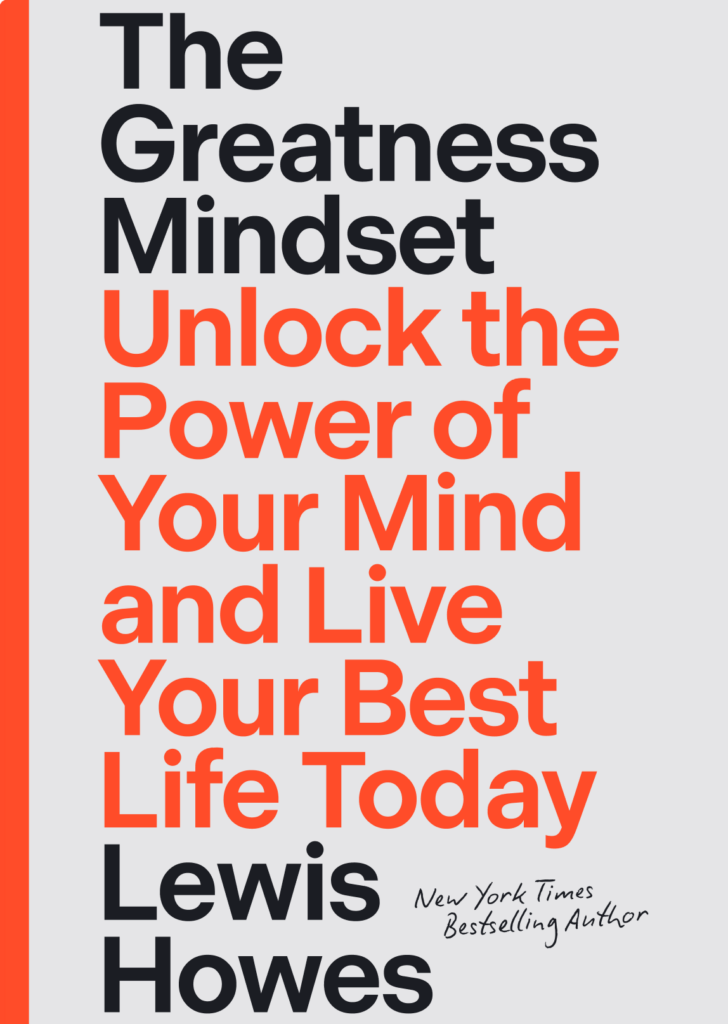
The Greatness Mindset
Learn the secrets of some of the greatest minds in the world. Unlock the power of your mind and live your best life today.
Learn MoreMay 31, 2021: The Day Naomi Chose Her Mental Health
Naomi responded to the WTA’s potential sanctions by withdrawing herself from the tournament and cited that she was doing so for mental health reasons.
In her announcement, Naomi revealed that she had been battling with depression since the 2018 U.S. Open tournament that she had won. She also talked about her social anxiety and struggles with public speaking, saying that the large press events heightened her anxiety.
Already under media scrutiny as a result of her pre-tournament announcement of her intention to bypass press events, the media criticism grew once Naomi withdrew from the competition. The WTA cited concerns that allowing Naomi to forego her press obligations gained her an unfair advantage over players who attended theirs. Others subtly suggested that Naomi’s stature as a highly-ranked player had given her a sense of entitlement, making her view the media sessions as being beneath her.
Both of these views discounted Naomi’s mental health, furthering the stigma associated with mental health matters. While the WTA viewed skipping media events as giving Naomi an advantage, they disregarded how mentally draining these events were for her, putting her at a disadvantage.
Calling Naomi entitled also discounted the fact that it was the first time she hadn’t participated in a press conference in her seven years on the WTA tour.
Open and Honest: Naomi Shares Her Struggles
In the weeks following her withdrawal from the French Open, Naomi wrote about the mental health challenges that had led her to take a break from competition. In an essay for Time Magazine, Naomi opened up about her struggles with anxiety and how sports needed to appreciate the need for athletes to care for their well-being.
Naomi spoke of the lessons she learned following her exit from the French Open, accepting that she couldn’t please everyone. She went on to say that she had learned that almost everyone struggles with their mental health or knows someone who does.
In talking about her relationship with the press, Naomi said that she had never had any kind of media training, which led to her not setting boundaries in interviews. She went on to say that she had always had a good relationship with the media and never had problems giving one-on-one interviews. Naomi appreciated that reporters and athletes shared a relationship based on a reliance on and respect for each other.
Naomi’s issues stemmed from having to take part in larger press conferences, where reliance and respect were minimal. In those settings, Naomi said that she felt like an object for reporters to question with little regard for her as a person. This only heightened the effects of the social anxiety she suffered from.
She concluded the essay by focusing on how different mental health is addressed in the sports world compared to everyday life. Let’s say you work for a company and have anxiety, and you wake up one morning and can feel a panic attack coming on. You can call into your job and say you are taking a personal day without having to detail why because there are human resources protections in place.
But as a professional athlete, there is no HR department to go to and ensure that workplace accommodations are in place. If an athlete breaks an arm or sprains an ankle, that information is announced to the media. If an athlete has anxiety, it can be just as debilitating as the broken arm but not as visibly disabling, leading to increased scrutiny of them by the media.
Join In 200 Million+ On The Journey to Greatness
It’s Ok to Take a Break for Your Mental Health
In the wake of Naomi’s actions, many others came forward in support of her talking about the importance of mental health. While mental well-being in the world of sports is still in the early stages of being addressed, that doesn’t mean the regular world is much further ahead.
The subject of mental health still carries a substantial stigma, and those who struggle with mental health issues can still be viewed as weak. The Centers for Disease Control reports that more than 40 million Americans are afflicted with anxiety disorders. The National Alliance on Mental Illness says that less than 50% of these Americans are receiving treatment for these and other mental health issues.
If we can learn anything from Naomi Osaka, it’s that we need to take care of our mental health, even if it means stepping away to reset. We can use daily affirmations to boost our confidence and de-stress. Keeping a journal can help us to get our emotions out. We can find support in our loved ones, spending time with them, and confiding our thoughts and feelings.
Most importantly, there are many trained professionals available to us so that we don’t have to feel alone and overwhelmed! If you are struggling with mental health issues and don’t know where to begin, NAMI has plenty of resources and tools to help you start on your path to healing. Also, if you are currently struggling with thoughts of suicide or self-harm, please get in touch with the 988 lifeline right away. Your life is immensely valuable.
The first step in breaking the stigma surrounding mental health is to know it’s ok not to be ok. Once we accept that, we can achieve greatness!
Greatness Authors
Greatness Authors is a collection of writers, thinkers, curiosity experts, and students of the world who are committed to bringing you the most up-to-date, impactful, and inspiring information surrounding Greatness topics.

Do You Have to Be a Morning Person to Be Successful? Here’s What Both Sides Have to Say
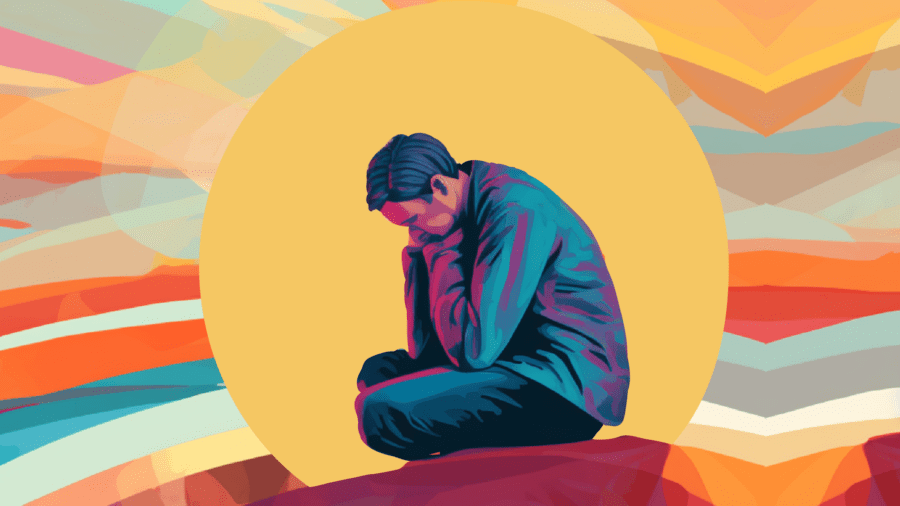
9 Reasons You’re Tired All the Time & How to 10x Your Energy

How to Have a Healthy Romantic Relationship Even if You Share Different Beliefs
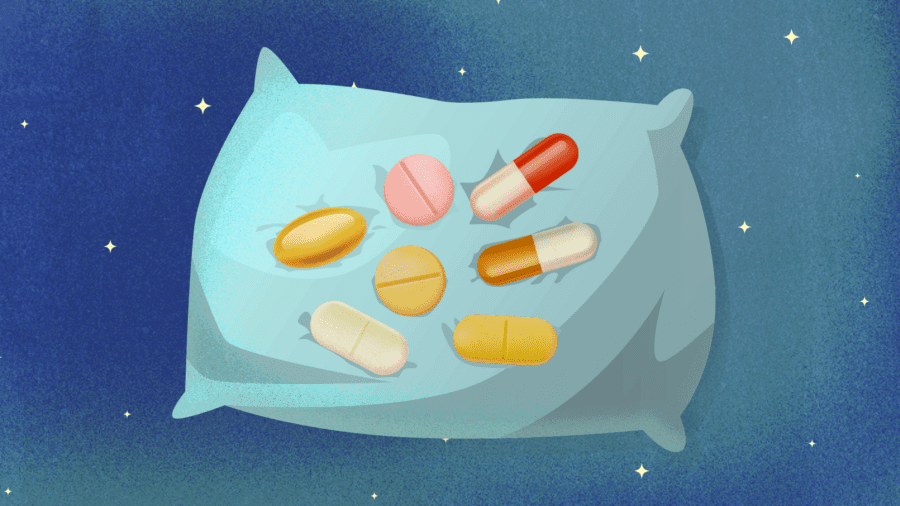
The 7 Best Vitamins to Naturally Promote Better, Uninterrupted Sleep According to Shawn Stevenson
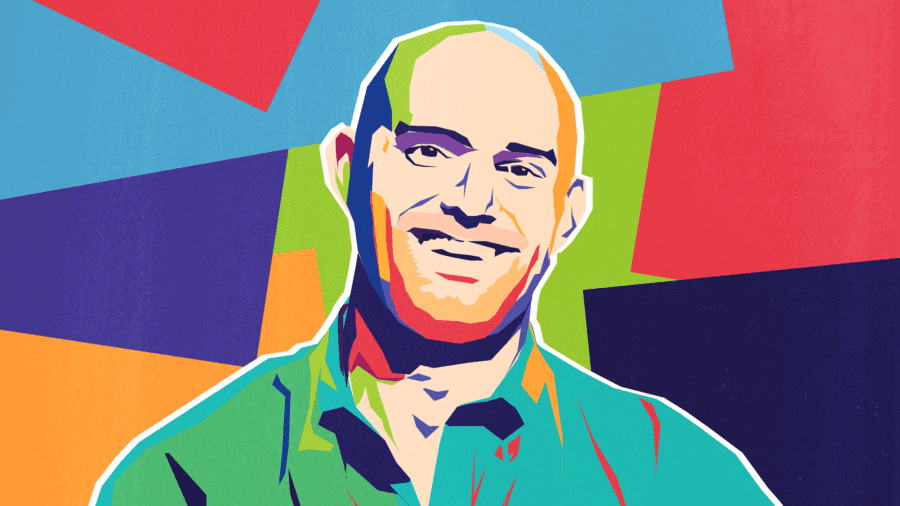
The Science of Forming Healthy Habits & Letting Go of Bad Ones, According to Author James Clear
